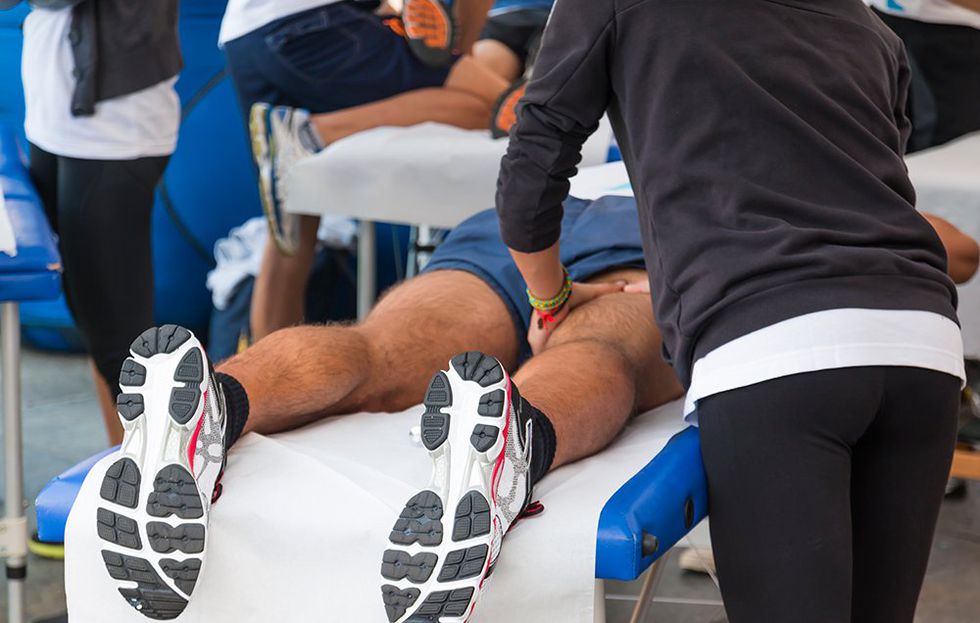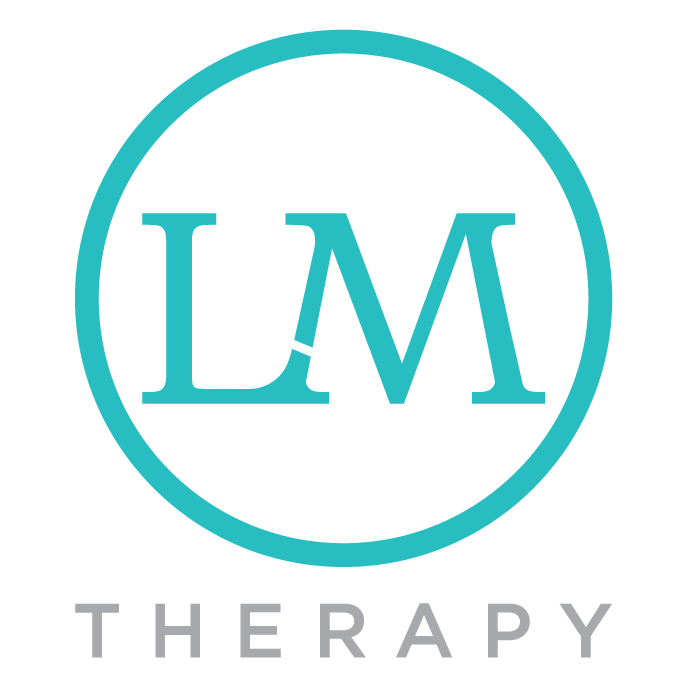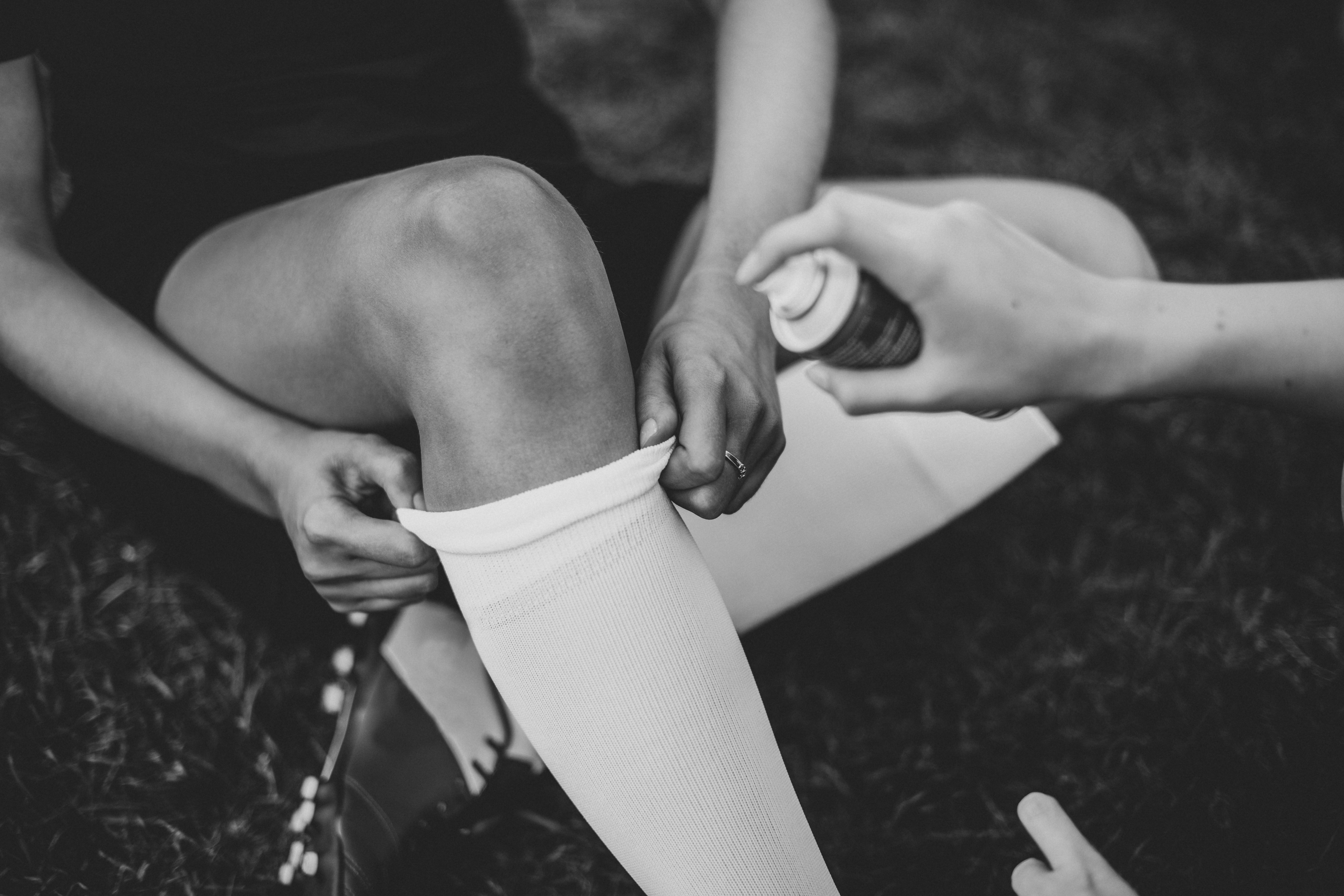
10 Things To Know Before You Get A Sports Massage
Three trusted massage therapists share their pre-appointment tips.
1. Understand the Different Types of Massage
There are many different styles of massage, and it’s important to understand the nuances so you know exactly what you’re signing up for.
Some massages may sound exotic, but do little to improve running performance. For example, the Swedish massage is “just skin moisturising at best,” and a hot stone massage is “soothing but does nothing in terms of releasing tight muscle,” explains Leslie Goldblatt Denunzio, a marathoner and Brooklyn-based massage therapist.
So what should you book instead? Anna Gammal, a massage therapist who works with elite runners at the Boston Marathon each year and also massaged athletes at the 2004 and 2012 Olympics, recommends either a sports massage (i.e. targeted therapeutic treatment for the unique physical and biomechanical needs of athletes) or a myofascial release massage (i.e. the application of gentle, sustained pressure on soft tissue restrictions). Both specifically target muscle release and will help improve flexibility, reduce pain and increase range of motion.
2. Arrive Well Hydrated
Dehydration can stiffen the fascia and muscles, which translates to a more painful massage. Ensure you’re sipping adequate amounts of H20 before you hop on the table.
As for the commonly held belief that extra liquids are needed post-massage: that’s a myth, explains Gammal. “Massage does not release or flush out any toxins from the body, which means it won’t dehydrate you. Massage helps with recovery from lactic acid but doesn’t get rid of lactic acid.” Post-massage, you can just resume your normal hydration habits.
3. Keep That Pre-Appointment Meal Light
Save that heavy meal for post-session—or feast at least three hours before your rubdown. Aside from the obvious discomfort of lying face down with a full belly, massage naturally slows down your body systems—including the digestive process—which means overeating pre-massage will likely make you feel “really crappy” on the table, says Denunzio.
4. Don’t Expect a Spa Session
A sports massage—if done right—is not a trip to La La Land. “Be prepared to be move around, interact physically and to get “homework” to maintain the work performed,” says Rotenberger.
5. Pain Does Not Always Equal Gain
“Massage does not have to hurt to be beneficial,” explains Rotenberger, describing common philosophies like “just do what you have to do to get it out” and “bite the bullet” as counterproductive. “Therapy occurs when the client’s body is not bracing against the therapist,” she says. So if you find yourself in serious mid-massage agony? Pipe up!
“It is your body, your session, your outcome,” advises Rotenberger. “There’s a fine line between pain and discomfort, and it’s unique to the individual.” What’s more, deep pressure is not the same as deep tissue. It’s a common misconception, Rotenberger explains, and in reality, a therapist that is muscle-specific needs to exert little pressure to be effective.
6. Your Massage Therapist is Not Your MD
If you are dealing with a serious injury, and don’t have a diagnosis, definitely see a sports doctor. “Massage therapists do not diagnose,” says Denunzio. “It’s not part of our discipline.” And while a therapist can identify and attempt to alleviate any tightness and inflammation in the body, if a problem area doesn’t feel significantly better three days post-massage, you should likely consult a sports doctor then, as well. Once a diagnosis is given, your massage therapist can work with that information and use massage as a helpful tool in recovery.
7. Soreness is Normal
When you get off the table, your calves may be screaming at you, but don’t get upset and run home to your foam roller, says Denunzio. Soreness is normal and can even help reveal areas of weakness that should receive future attention. Within 48 hours, the tightness should dissipate, and if the massage was administered correctly, you may even feel like you’re in a new body.
8. Don’t Schedule a Post-Massage Workout
Doing so is simply counterproductive, warns Denunzio. “Let your body process what has just happened.” Wait until at least the next day to get back out there.
9. Instead, Take a Bath
Soaking in a concentrated Epsom salt bath later in the day after a massage can help continue the cleansing process and offset any soreness, advises Denunzio.
10. Consider Incorporating Massage Into Your Training Plan
“Athletes put so much effort into training, but very few athletes put effort into taking good care of body that helps them perform,” says Gammal, who recommends incorporating regular massage—even if it’s just a 30-minute session once a month—so as to prevent injuries and the overtraining of muscles. Scheduling mid-training appointments can also reveal places that are tight and places that should be addressed in post-workout stretching. “Massage isn’t a luxury, Gammal says. “It’s an investment.”
Article adapted from Runnersworld

